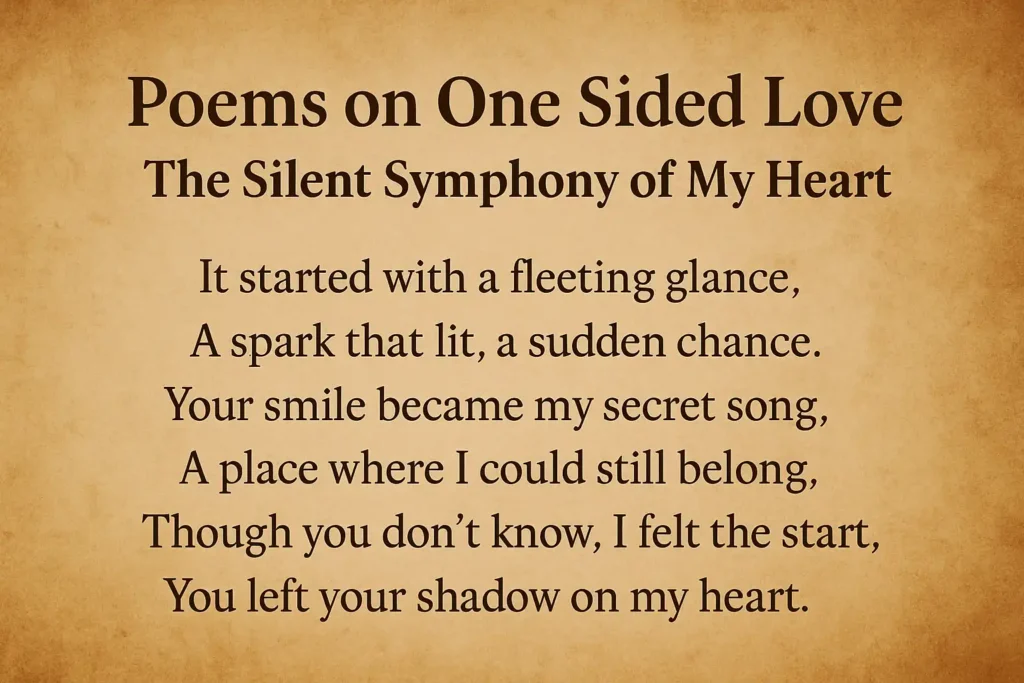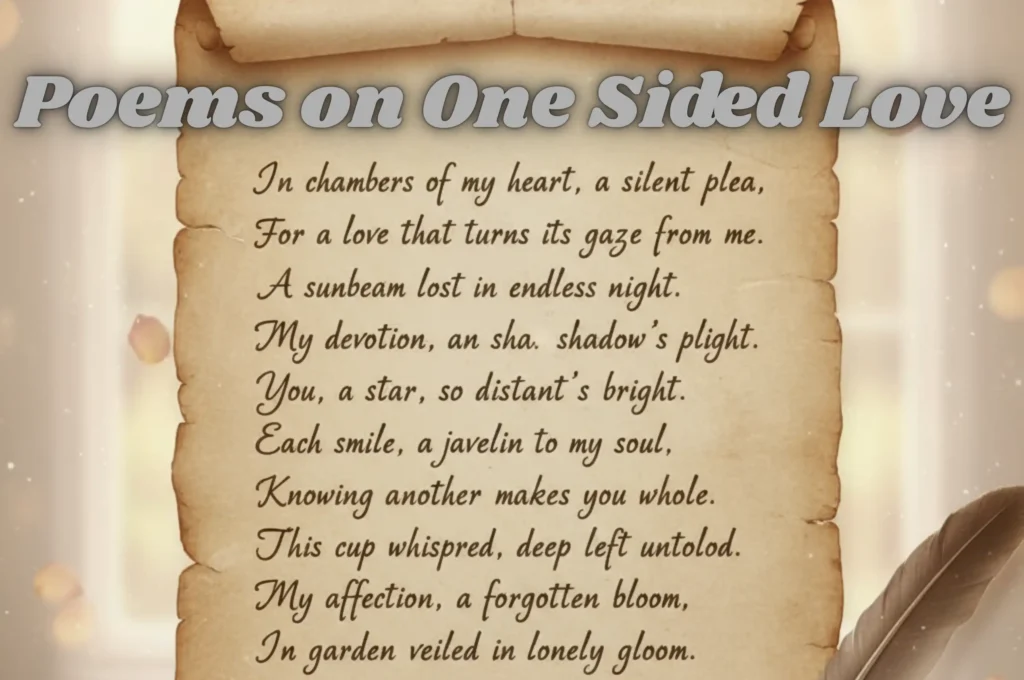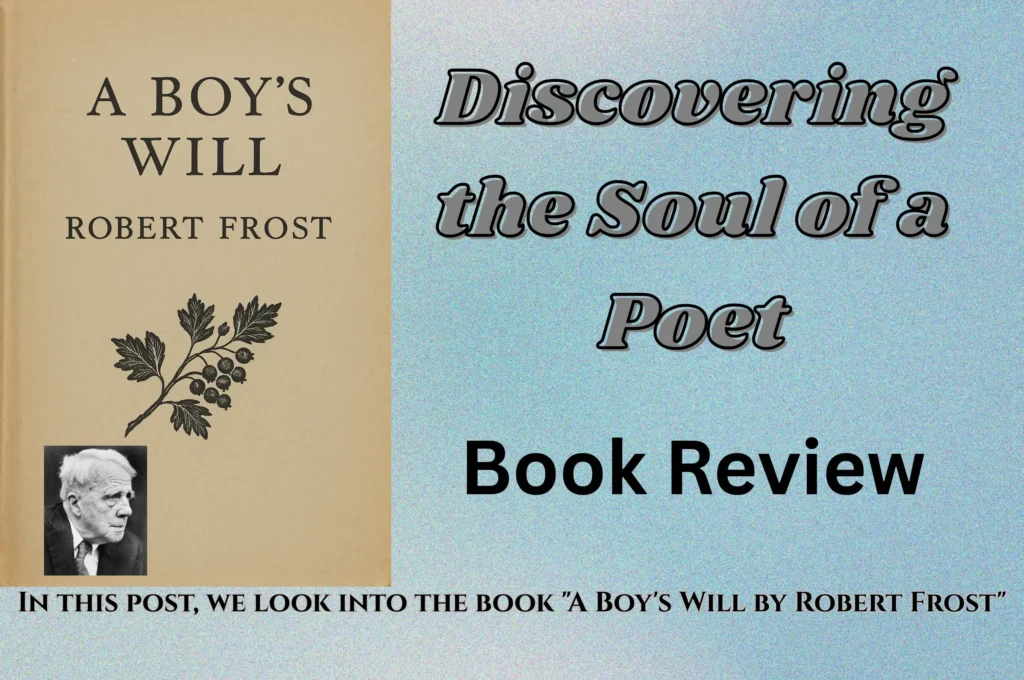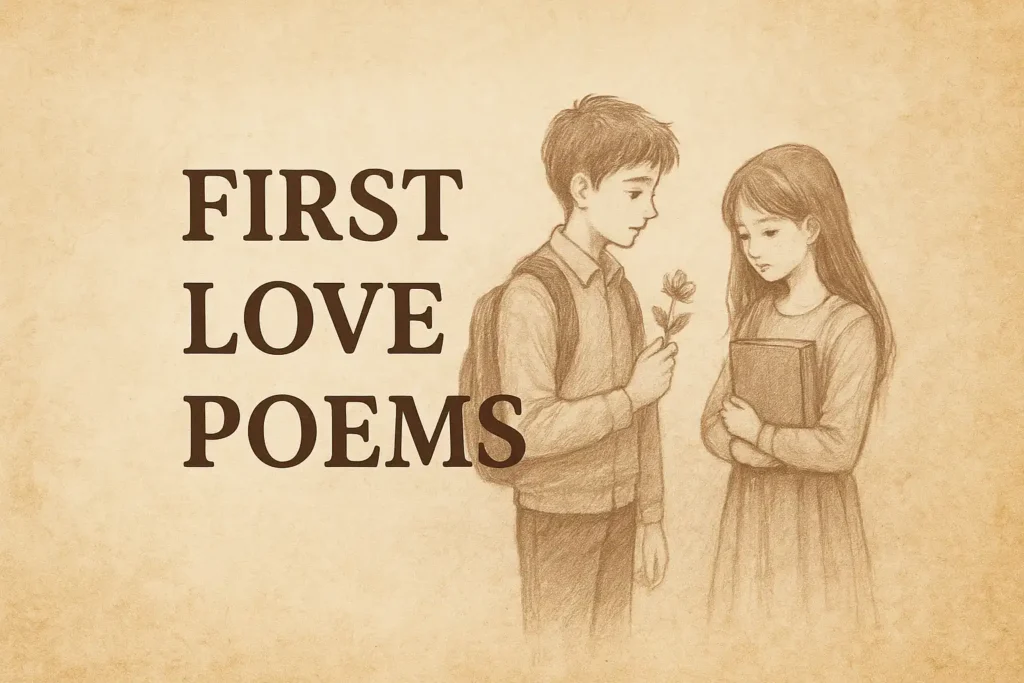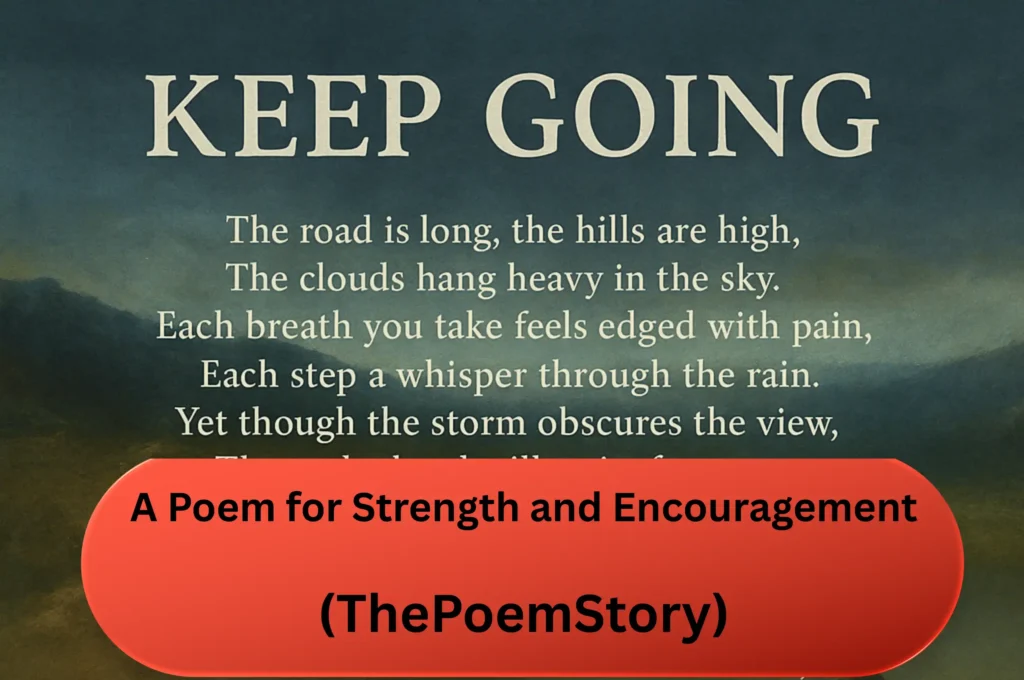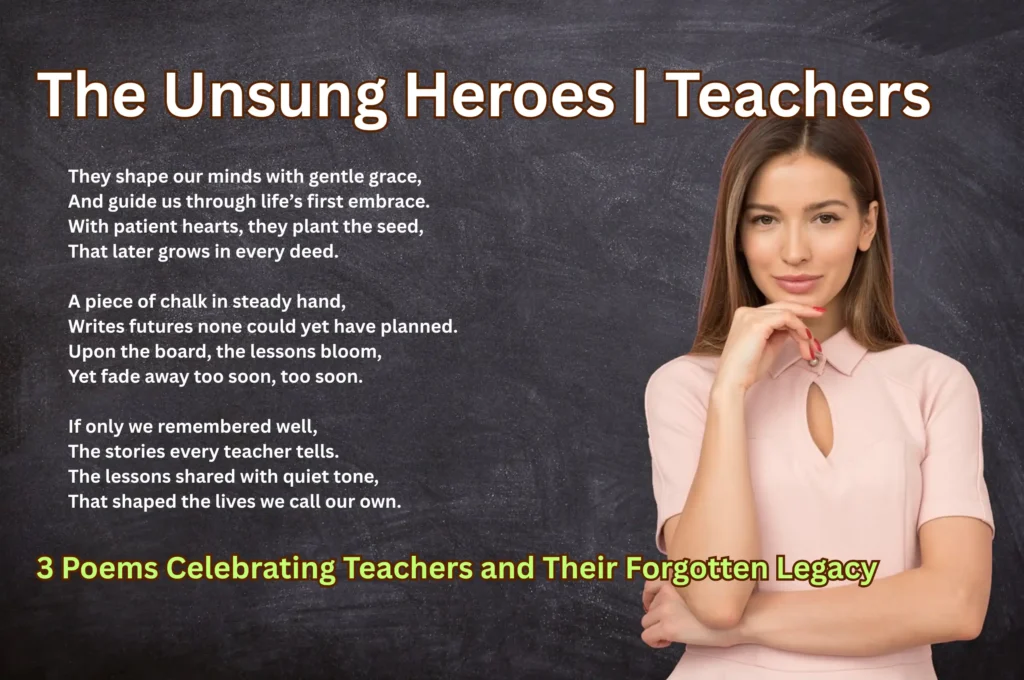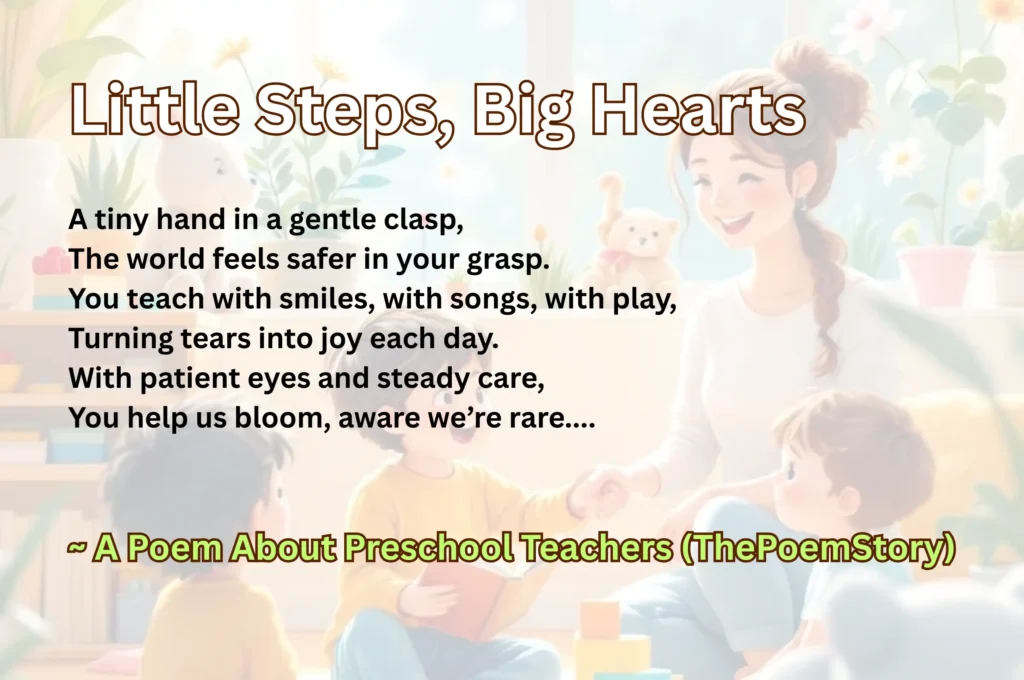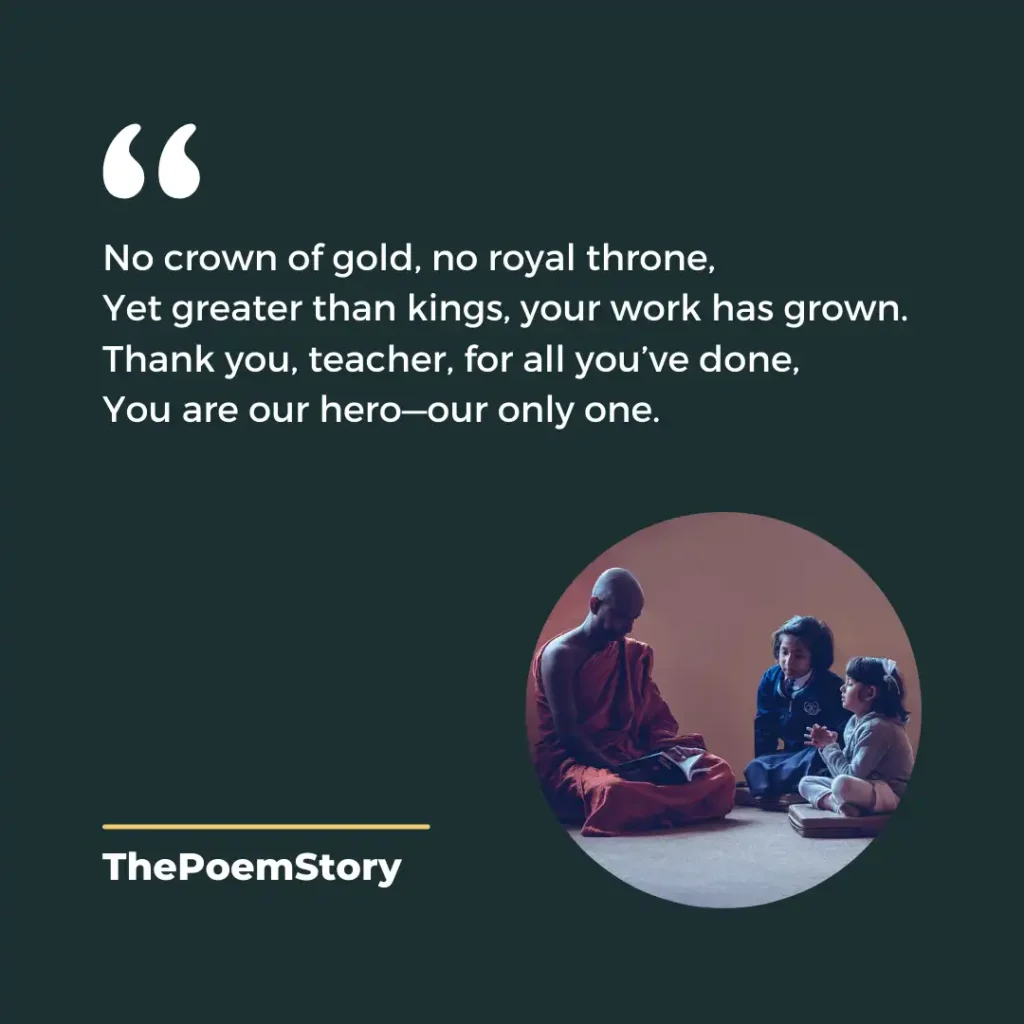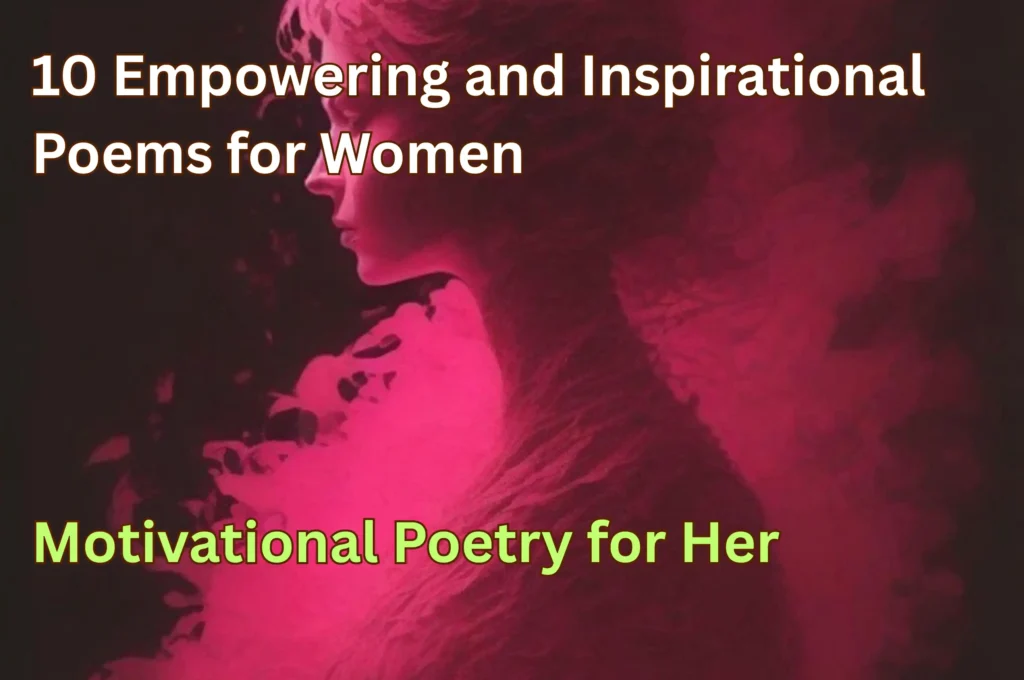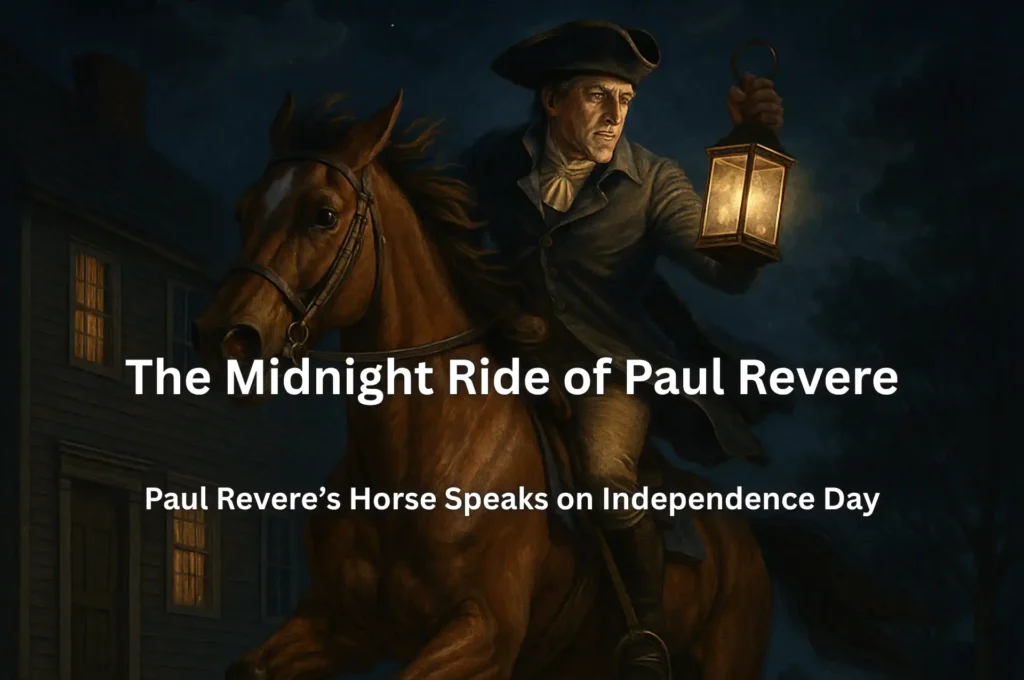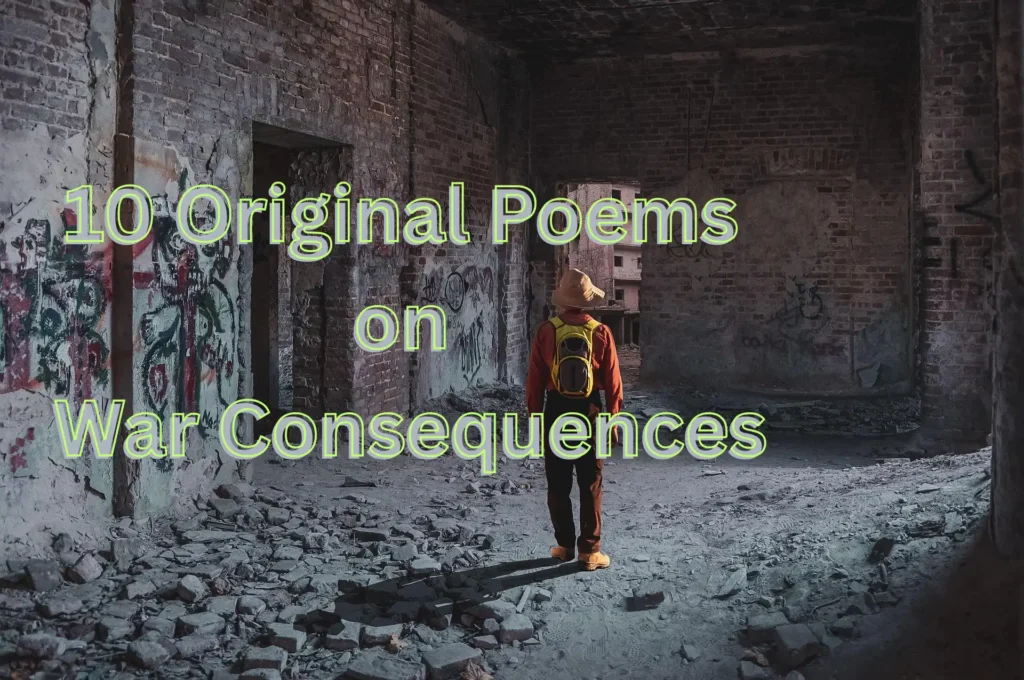“The Reverie of Poor Susan” is a poignant and evocative poem by William Wordsworth, first published in the Lyrical Ballads of 1800. The poem reflects Wordsworth’s deep engagement with themes of memory, nostalgia, and the emotional impact of nature, even in an urban setting. Originally titled Poor Susan, the poem draws inspiration from the affecting song of a caged bird heard in the streets of London during a spring morning. The imagery of a bird’s song awakening memories of nature in the heart of a working-class woman highlights Wordsworth’s characteristic focus on the interplay between nature and human emotion. The poem belongs to the poet’s Poems of the Imagination, emphasizing how sensory experiences—such as sound—can trigger profound recollections and reveries.
Also Read: Poets and Poetry Page | Biography of William Wordsworth | Poems by William Wordsworth | Famous Quotes by William Wordsworth
Table of Contents
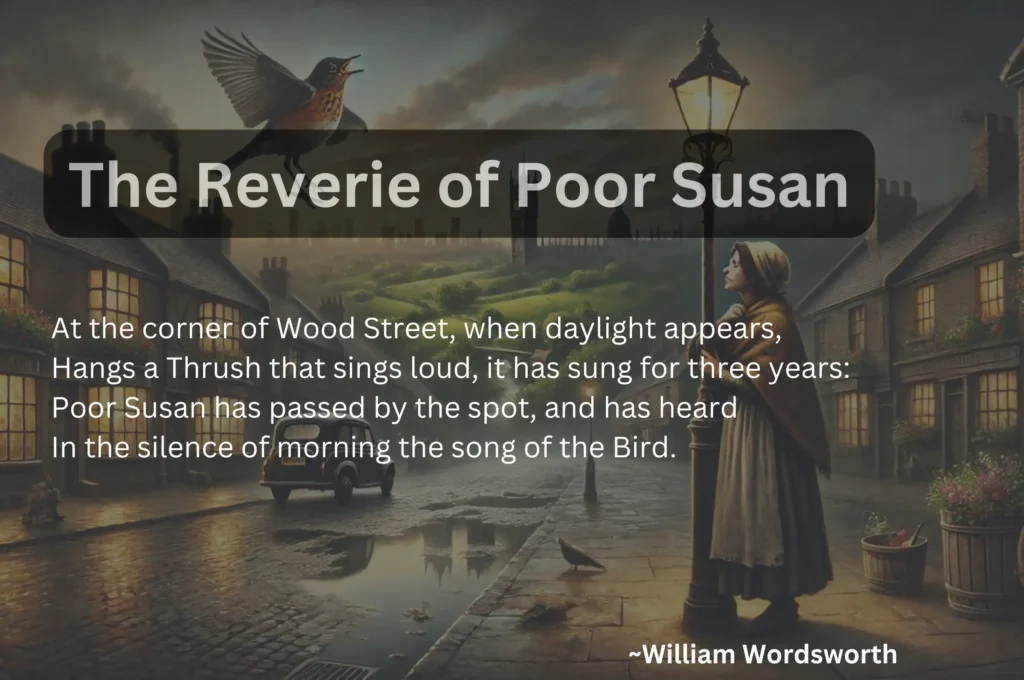
The Reverie of Poor Susan Poem
At the corner of Wood Street, when daylight appears,
~ The Reverie of Poor Susan Poem by William Wordsworth
Hangs a Thrush that sings loud, it has sung for three years:
Poor Susan has passed by the spot, and has heard
In the silence of morning the song of the Bird.
‘Tis a note of enchantment; what ails her? She sees
A mountain ascending, a vision of trees;
Bright volumes of vapour through Lothbury glide,
And a river flows on through the vale of Cheapside.
Green pastures she views in the midst of the dale,
Down which she so often has tripped with her pail;
And a single small cottage, a nest like a dove’s,
The one only dwelling on earth that she loves.
She looks, and her heart is in heaven: but they fade,
The mist and the river, the hill and the shade:
The stream will not flow, and the hill will not rise,
And the colours have all passed away from her eyes!
The Reverie of Poor Susan Poem Meaning
“The Reverie of Poor Susan” captures the deep emotional power of memory and nature, highlighting the contrast between urban life and the nostalgia for a lost rural past.
The poem begins with a description of a thrush singing in the early morning at the corner of Wood Street, a busy part of London. The bird has been singing at the same spot for three years, symbolizing continuity and resilience amid the city’s fast-paced life. The song is significant because it triggers a deep emotional response in Poor Susan, a woman who has likely moved from the countryside to London in search of work.
As Susan hears the bird’s song, she experiences a moment of enchantment. The melody transports her mind away from the dullness of city life to the beautiful countryside of her past. She envisions a mountain, trees, and a flowing river in Cheapside, replacing the grey streets with the vibrant landscapes of her youth. The imagery of “green pastures,” “tripping with her pail,” and a “single small cottage” evokes warmth, simplicity, and happiness—things she once knew but has now lost.
However, this dreamlike vision is fleeting. The last stanza highlights the painful reality of impermanence. The idyllic scene vanishes as quickly as it appeared, leaving Susan in the cold reality of urban life. The “stream will not flow, and the hill will not rise,” signifying how the memories, though vivid, cannot be reclaimed. The “colours have all passed away from her eyes,” suggesting a return to the dullness and sorrow of her present existence.
Ultimately, the poem explores themes of nostalgia, displacement, and the bittersweet power of memory. It reflects the Romantic belief in the emotional and spiritual connection between nature and human experience, showing how even a simple bird’s song can momentarily transport someone to a world of lost happiness. However, it also portrays the sorrow of those who have been uprooted from their origins and now struggle in the harsh realities of urban life.
The Reverie of Poor Susan Poem Summary
The poem describes a poor woman named Susan who hears a bird singing in the streets of London early in the morning. The melody transports her back to her rural childhood, evoking memories of the countryside, green fields, and the beauty of nature she once knew. Through vivid imagery, Wordsworth contrasts the bleakness of Susan’s current urban existence with the idyllic pastoral scenes of her past. The sound of the bird’s song momentarily lifts her from the harsh realities of city life, allowing her to revel in the warmth and peace of her memories. However, the reverie is fleeting, and Susan is ultimately drawn back into the hardships of her present life.
The Reverie of Poor Susan Poem Analysis
Wordsworth’s poem embodies the Romantic ideal of nature as a powerful force that can evoke deep emotions and memories, even in the most unlikely settings. The bird’s song serves as a bridge between Susan’s past and present, illustrating the poet’s belief in the restorative and transcendent power of nature. The contrast between the bustling, impersonal city and the serene, personal memories of the countryside underscores the alienation that many rural migrants experienced in urban environments.
Additionally, The Reverie of Poor Susan aligns with Wordsworth’s overarching poetic philosophy—his focus on common people and their emotions. Susan is not a grand or noble figure; she is a poor woman living in London, yet her inner world is rich with emotion and memory. The poem also touches on the fleeting nature of happiness, as Susan’s joy is momentary, reminding readers of the impermanence of human pleasures.
Through simple yet evocative language, Wordsworth crafts a deeply moving reflection on nostalgia, displacement, and the enduring connection between nature and the human soul.
List of Poets in Alphabetical Order
कवियों की सूची
Explore our Literature YouTube Channels:

YouTube Channel Link:

YouTube Channel Link:

YouTube Channel Link:

YouTube Channel Link

